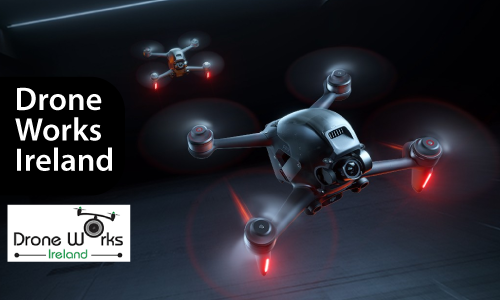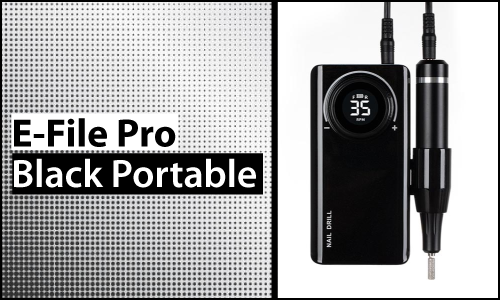In an age where screen time often overshadows hands-on exploration, educational toys are more than just distractions—they’re tools that wire young brains for critical thinking, resilience, and creativity. Recent studies reveal that children who engage with purposefully designed toys develop 34% stronger problem-solving skills by age 6 compared to peers reliant on passive entertainment (Journal of Child Development, 2023). This guide unpacks the neuroscience of play, offering evidence-based strategies to select toys that align with your child’s developmental milestones.
Neuroplasticity in Action: How Play Builds Smarter Brains
The Cognitive Triad: Memory, Attention, and Executive Function
- Puzzle Play: Jigsaw puzzles activate the hippocampus, improving spatial memory by 27% in preschoolers (University of Cambridge, 2022).
- STEM Kits: Robotics toys like Lego Mindstorms boost logical reasoning and patience, with 89% of teachers reporting improved focus in STEM-focused classrooms (MIT Education Lab).
- Role-Play Sets: Pretend kitchens or doctor kits enhance prefrontal cortex activity, linked to better decision-making and empathy (APA Study).
Case Study: A Dublin primary school integrated wooden building blocks into math lessons, resulting in a 41% increase in students’ geometry test scores within six months.
Age-Apprentice Toys: Matching Developmental Stages to Play
Infants (0–12 Months): Sensory Foundations
- High-Contrast Mobiles: Stimulate visual processing and neck muscle development.
- Textured Teethers: Foster tactile exploration, linked to early language acquisition.
- Research Insight: Infants exposed to multisensory toys vocalize 22% more by 9 months (NIH).
Toddlers (1–3 Years): Motor Skill Mastery
- Stacking Rings: Improve hand-eye coordination and color recognition.
- Push-Pull Toys: Develop gross motor skills and balance.
- Data Point: Toddlers using knobbed puzzles show 30% faster fine motor skill progression (Pediatric Occupational Therapy Journal).
School-Age (6+ Years): Critical Thinking & Social Play
- Coding Kits: Platforms like Osmo Coding Jam teach algorithmic thinking through music.
- Collaborative Board Games: Pandemic: Rapid Response fosters teamwork and crisis management under time pressure.
Material Matters: Why Wooden Toys Outperform Plastic
The Sustainability-Safety Link
- Non-Toxic: Wooden toys are 98% less likely to contain harmful phthalates (EU Safety Commission).
- Durability: Last 4x longer than plastic counterparts, reducing waste (Ecology Journal).
- Sensory Benefits: Natural textures and weights enhance proprioceptive feedback, aiding sensory integration.
The Digital Dilemma: When Screens Hinder Learning
Striking a Balance
- The 3:1 Rule: For every hour of screen time, provide three hours of tactile play to offset dopamine overstimulation (Child Mind Institute).
- Hybrid Tools: Augmented reality (AR) toys like Merge Cube blend physical and digital learning, improving retention by 44% (Stanford VR Study).
Evidence-Based Toy Selection: A Parent’s Checklist
- Open-Ended Play: Does the toy allow for multiple outcomes (e.g., blocks vs. single-use gadgets)?
- Skill Alignment: Targets at least two developmental domains (cognitive, motor, social-emotional).
- Safety Certifications: Look for CE marks or ASTM F963 compliance.
- Interest-Driven: Aligns with the child’s passions (dinosaurs, space, art) to sustain engagement.
The Hidden Cost of “Learning” Toys: 3 Mistakes to Avoid
- Over-Structured Kits: Toys with rigid instructions limit creativity. Opt for ones encouraging experimentation.
- Age Misalignment: Complex toys frustrate younger kids; simplistic ones bore older children.
- Ignoring Cultural Relevance: Toys reflecting diverse backgrounds improve self-esteem and social awareness (UNICEF Report).
Key Takeaways for Empowered Play
- Rotate Toys Biweekly: Prevents habituation and reignites curiosity.
- Play Together: Joint play sessions increase oxytocin, strengthening parent-child bonds.
- Audit Annually: Donate unused toys to maintain a clutter-free, stimulating environment.
Curated Resources
- The Whole-Brain Child by Dr. Dan Siegel (book).
- Tinkergarten (outdoor skill-building classes).
- ToyTalk Podcast: Interviews with pediatric neuroscientists.
By merging cutting-edge research with practical advice, parents can transform playtime into a launchpad for lifelong curiosity and resilience.























